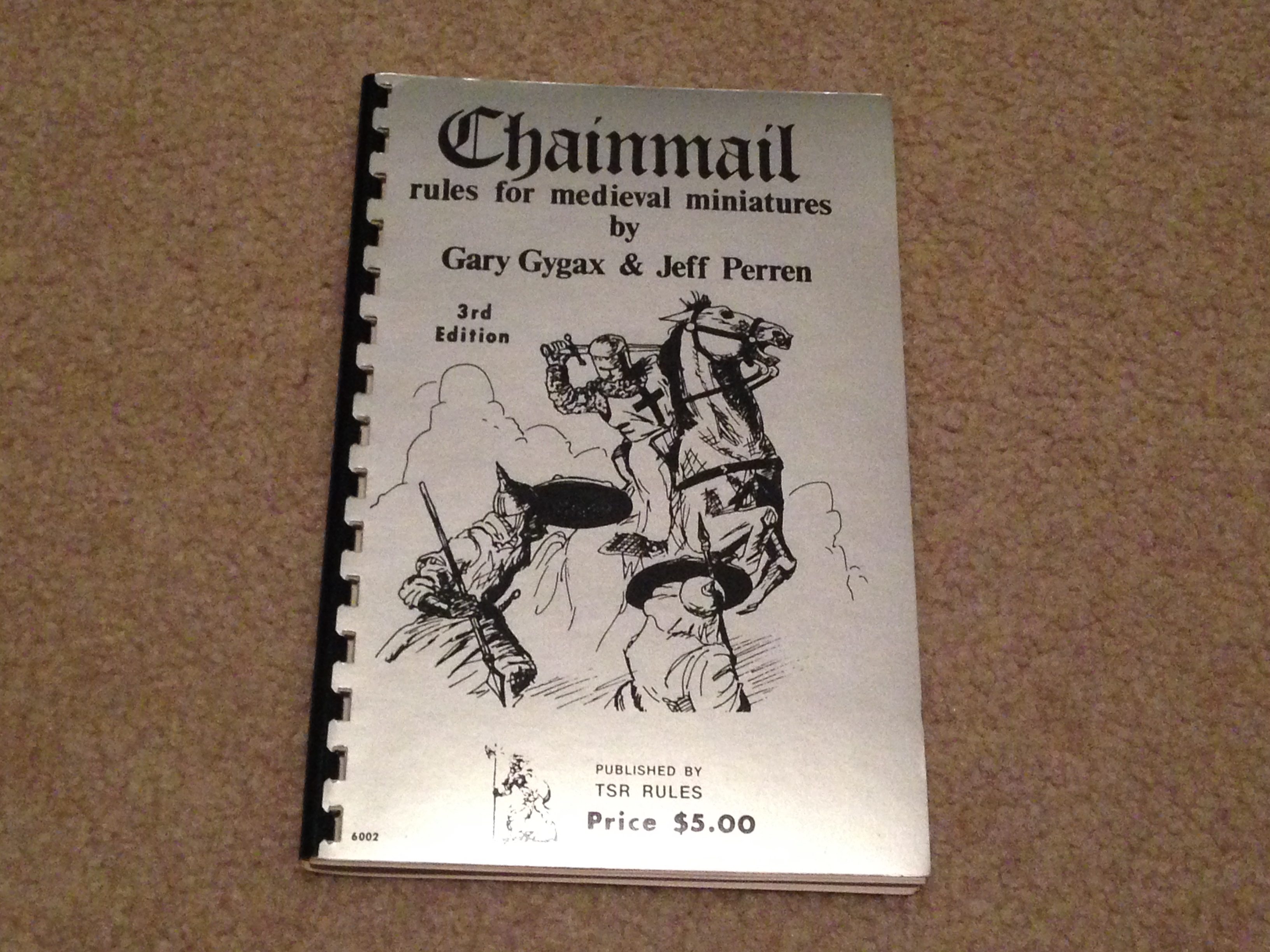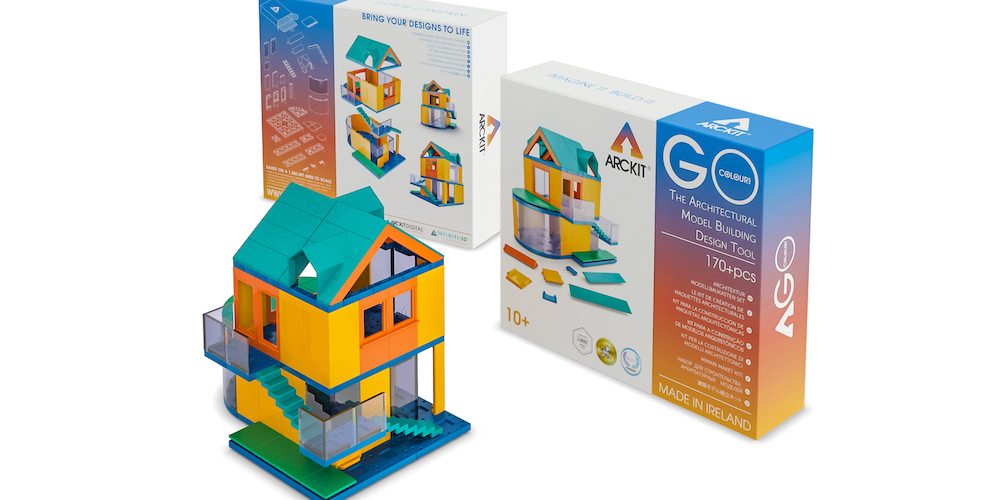Congratulations to Todd Williams, who correctly solved this week’s puzzle and is the proud owner of a $50 gift certificate from ThinkGeek!
Puzzle:
1294 651 49 516 534 257 385 576 702 38 1211 981 106 892 33
600 1322 807 10 188 1232 436 929 842 1113 4 240 480 6 969
1290 937 367 131 1262 778 320 526 1048 1085 505 89 252 517
939 684 811 403 1221 629 114 499 190 1160 289 827
Solution:
OK, so I didn’t give you folks a whole lot to go on, but by Googling the puzzle title or “the Declaration of Independence cipher” (or code), you should have quickly deduced that this week’s puzzle used the Beale cipher.
The Beale cipher has a great story behind it, but we’re concerned with solving the puzzle. The Beale cipher uses the Declaration of Independence. A number is assigned to each word within the document and then the numbers are used to spell out a message. For instance, the code “1 2 3 6” can quickly be converted to the word “with”, since the Declaration of Independence begins: When (1) in (2) the (3) course (4) of (5) human (6) events (7).
Using this methodology and a version of Declaration of Independence with numbers already assigned to the words, we get the answer, complete with a horrible pun (sorry, kiddos):
There is just something about ciphers I find incredibly a-Beale-ing
The “y” in incredibly uses a mistaken number in our code (correct interpretation results in “incrediblt”). This is partly an homage to Beale, who had a number of transcription errors in his ciphertext, but also a necessary error, since there are no words beginning with the letter “y” in the Declaration of Independence. Because there are different versions of the DoI, as long as you were close (or if you translated to “appealing”), your answer was counted as correct.



